Estimated Read Time: 7 minutes
The Green Singer Finch
Welcome to Part 1 of our blog series, The Finches of Serenity!
Each post in this series will cover information about a finch or canary that calls our Serenity Aviaries, home.
In our first post, we’ll discuss the Green Singer Finch, also known as the Yellow Fronted Canary.
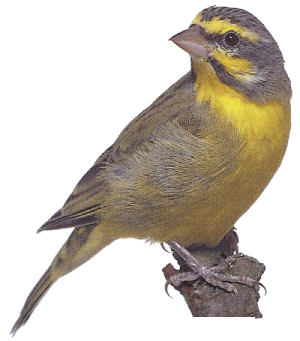
Our clients get excited about their new aviaries, but none were more excited than Irene, a resident at one of the nursing homes we service.
Irene has always had a love for birds. In fact, in her early teens, she had a yellow finch of her own, Daisy.
She was happy when she heard her home was getting an aviary, but she was overjoyed when she saw the yellow plumage of the Green Singer finches. The sight of these birds brought back memories from her childhood and the little friend she used to care for.
Now, Irene starts every morning by the aviary. She talks with the birds as they sing and fly around, just like she did with Daisy.
Many will join her to interact with the birds. The Serenity Aviary sparked an engaging activity for residents, as they’re encouraged to meet and talk with one another.
They worked together to name their finches, too. And Irene gave her favorite Green Singer a very familiar one:
Daisy.
This is why we love our birds, and it’s why we want people to learn about them.
So, we’re dedicating a post to each of our finches.
Here, we’ll share with you some facts about Green Singer finches, finch care tips, and how Serenity provides them with safe and comfortable homes.
Natural Habitat
Green singer finches, also called yellow-fronted canaries, are native to savannahs and woodlands in central and southern Africa.
They’ve also been introduced to parts of Hawaii, particularly Oahu and Molokai.
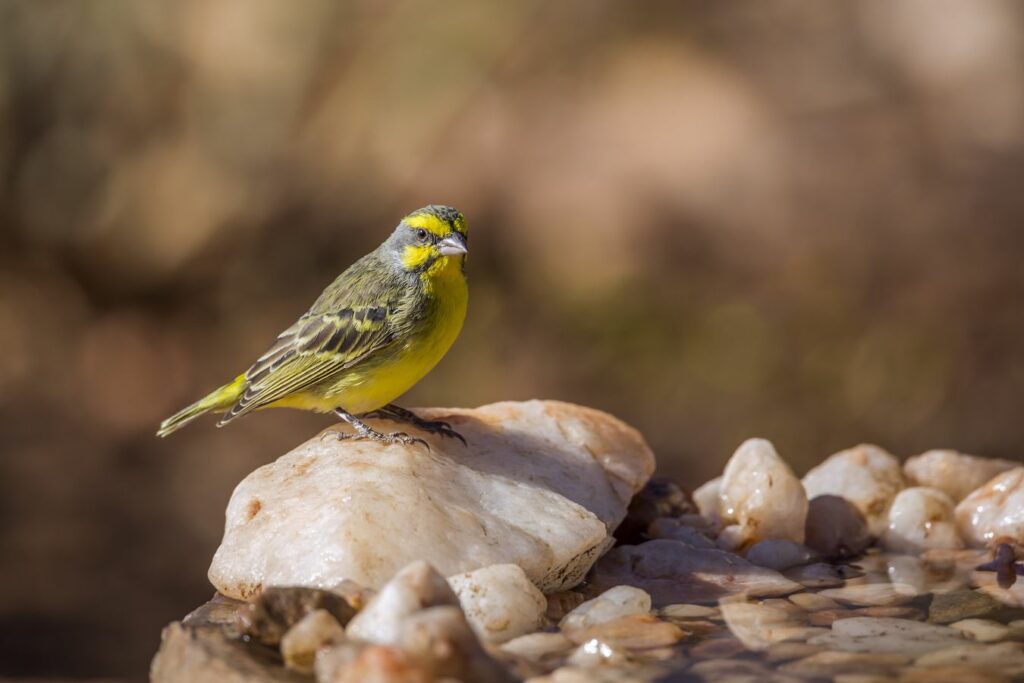
Humans are closing in on many of their habitats but these hardy birds stay resilient, coexisting in urbanized areas when adequate food is available.
Their diet in the wild consists mainly of grass seeds. They will also eat weeds, buds, and flowers year-round.
During mating season, however, they become more insectivorous, eating worms, small locusts, and crickets for extra protein.
Physical Characteristics
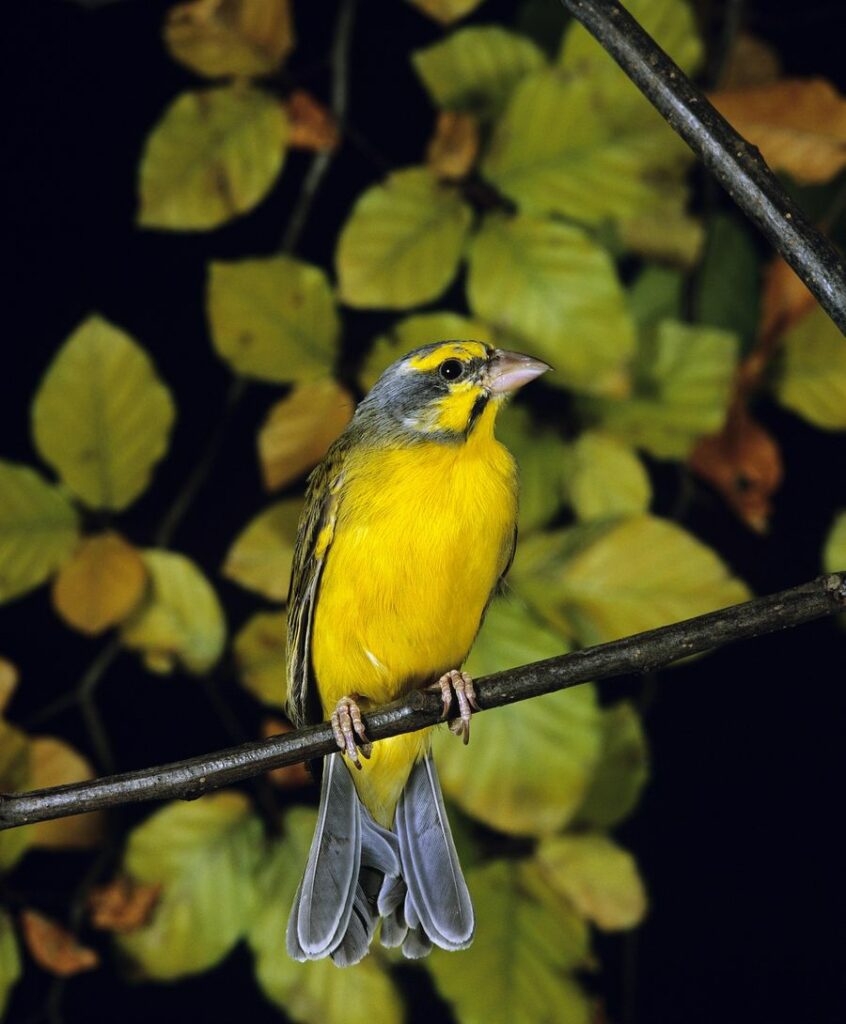
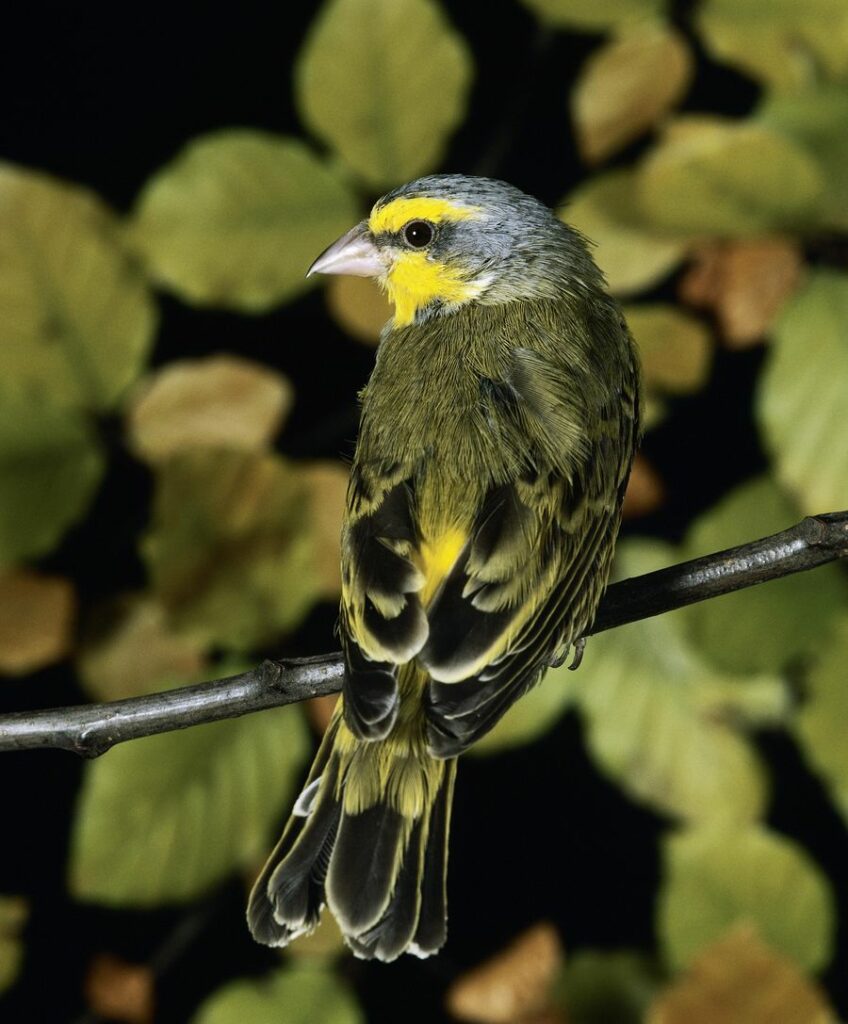
The Green Singer finch grows to around 4 inches from beak to tail.
Males have yellow bellies with streaks of gray. Their wings and tail can be light or dark gray with touches of yellow. Their heads are also gray with yellow streaks around their dark brown eyes. And finally, they have a tan-colored beak.
Females have a nearly identical color pattern, except for a black band around their neck that resembles a necklace.
Juveniles are similar still, but with a less defined “yellow color” and more gray features.
Bird Song
Like most finches, the male Green Singer is the one that sings, while the females make short chirps.
If you want to hear their tunes for yourself, play the short video below!
Behavior and Temperament
In the wild, you’ll find large flocks of Green Singer finches traveling together. This is common in the non-breeding season, but this behavior changes during the breeding season. Smaller groups of males will perch high up in trees, build nests, and sing to attract their mates.
For a mixed aviary, we recommend including different species that have similar temperaments but don’t resemble their physical appearance.
If you’re housing different genders, make sure you have as many or more females as males. Regardless of the species you plan to mix, this helps keep peace in the enclosure.
Breeding Habits
The Green Singer’s breeding season goes from September to January. In the Northern Hemisphere, they tend to breed anywhere between March and October.
Green Singer finches will make strong bonds with their mates during the season, but they tend to go their separate ways afterward.
The hen will lay 2 to 4 eggs per clutch and incubate them without the male. He contributes by feeding the hen during the incubation period.
After about two weeks, the babies will hatch, and both parents will feed them.
They will be full-fledglings at around 16-18 days old. At this point, the cock continues weaning its young as the hen prepares for her next brood.
And about four weeks after their fledge date, the little Green Singers should be fully weaned from the nest.
Proper Care for Green Singer Finches
Appropriate Aviary Features
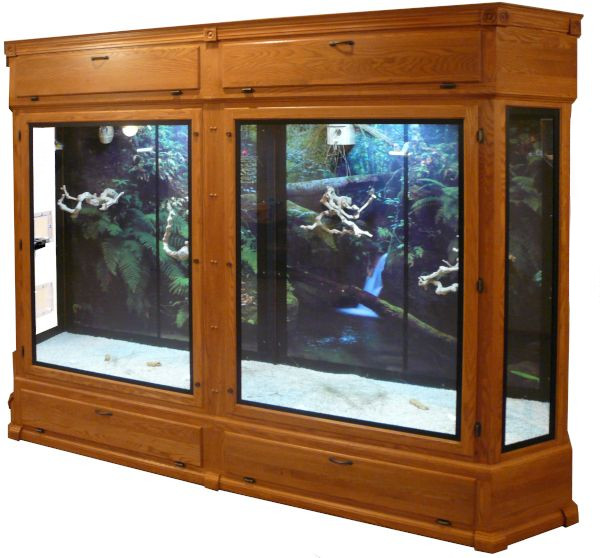
Aviary Size
The first step in creating a comfortable home for Green Singers is having the correct cage size. And when it comes to housing them, the bigger the better.
But many believe that for each pair of finches, you should have at least 3-4 square feet of space on the bottom.
Aviary Shape
Green Singer finches enjoy flying back and forth, so the length of their enclosure is more important than the height.
Also, avoid using rounded edges, as this removes some of their available space.
Aviary Materials
Chewing and ingesting materials can be an issue for finches in an aviary.
To avoid this, the structure should be free of softwood, paint, untreated steel, and soft plastics.
By using high-grade materials, our Serenity Aviaries don’t allow for chewing or ingestion.
These structures are made from solid oak, stainless steel wire, anodized aluminum, high-grade laminate panels, and acrylic or glass windows.
Aviary Functionality
For a Green Singer’s aviary, you’ll need food and water access, ventilation, adequate internal lighting and heating, among other accessories.
Each of our aviaries comes with these features and we’ll perform regular maintenance and food replenishment on each service visit.
We also offer many additional accessories for your and your finch’s benefit.
Customize Your Own Aviary
Our large enclosures provide the space and functionality for each bird to feel safe, comfortable, and entertained.
But before we build anything, we work with each client to find the right size and color for their interior.
Then, we determine the appropriate number of finches for that custom bird cage.
Below are some of our popular aviary colors.
White and black are our contemporary finishes, and if you’d like a different hardwood color, you can reach out to us today.


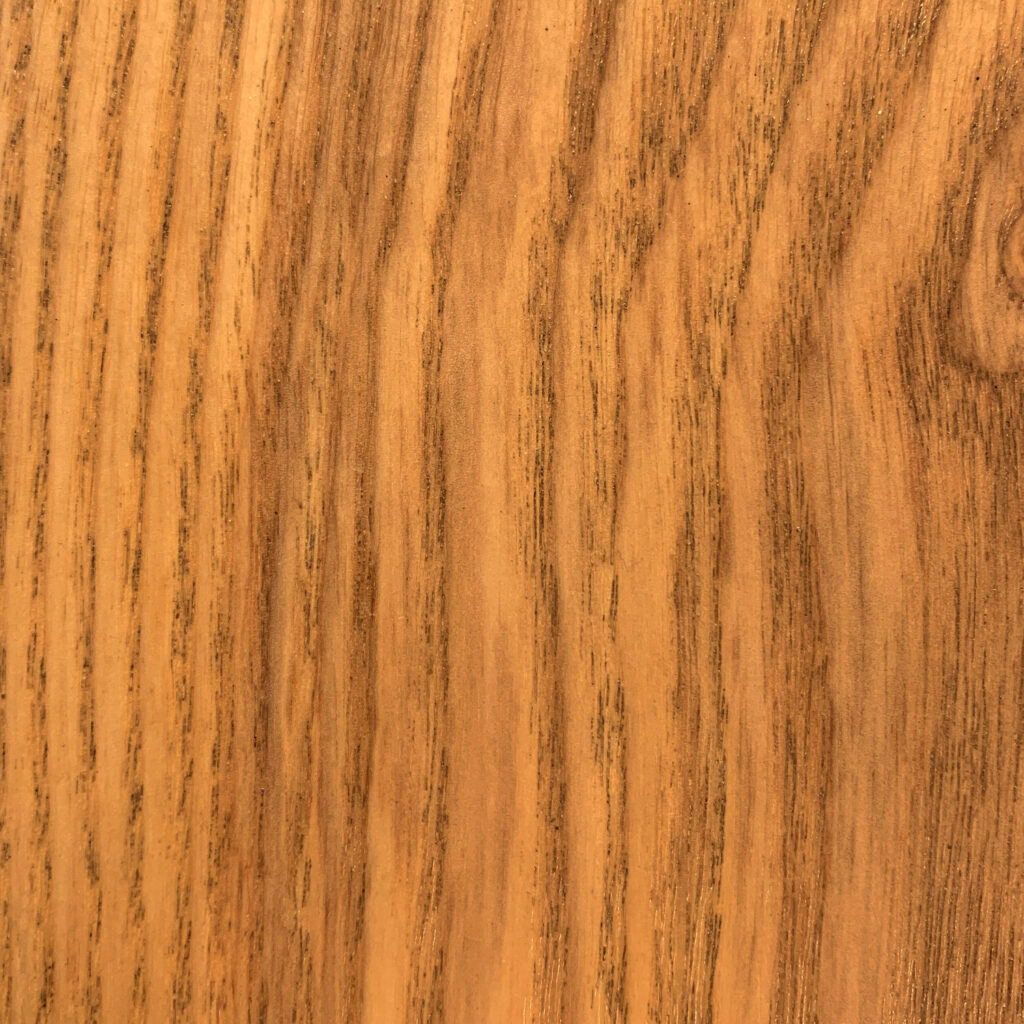
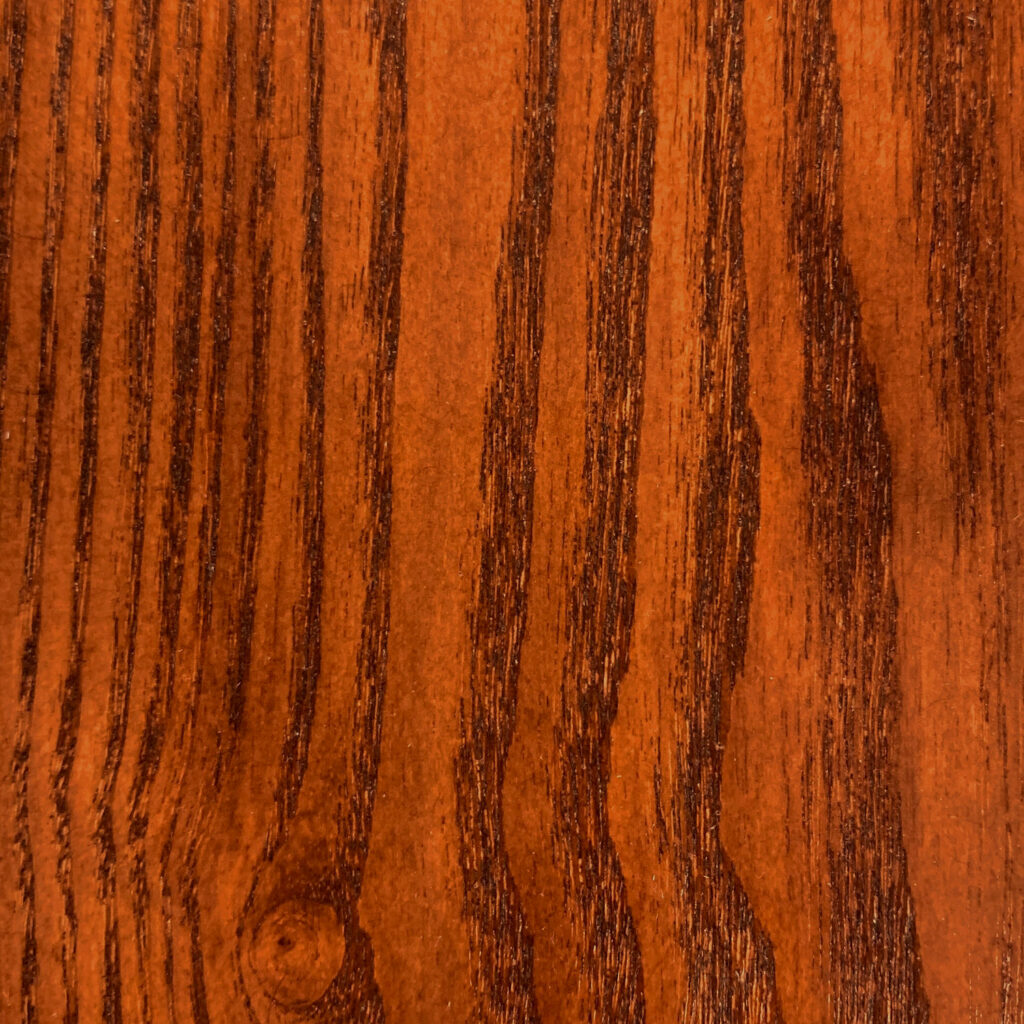
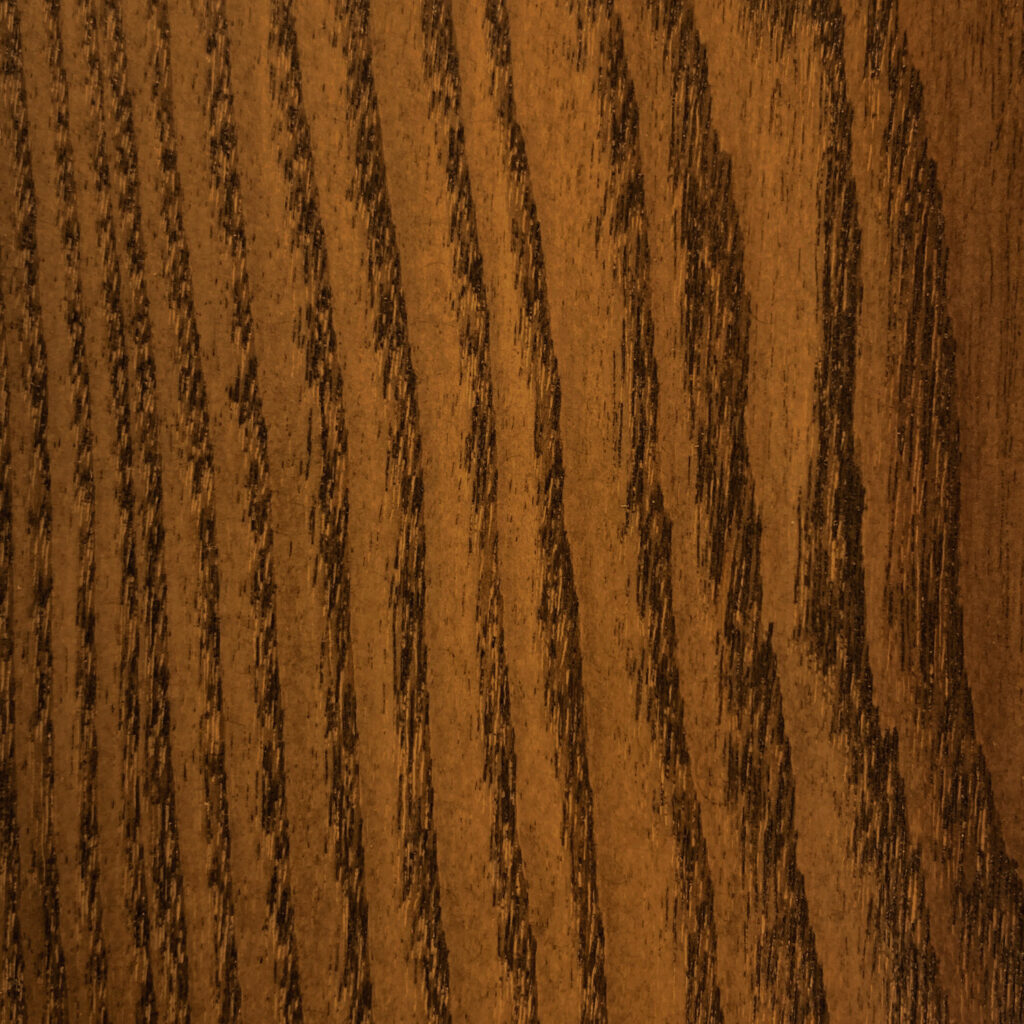
Keeping with Other Finches
Some Green Singer finches can be aggressive toward other birds, but all finches desire companionship in an enclosure.
At Serenity, we understand what birds they should and shouldn’t be housed with.
This results in a happy and healthy enclosure for all.
Since these finches are relatively pushy, we pair them with birds of a similar temperament but a much different plumage.
Some common companions in our aviaries are the zebra finches, lavender finches, and the shaft-tail finch.
Food and Water Sources
Serenity provides a high-quality seed mix as well as treated water for the Green Singers in your aviary.
If you would like to add food to the aviary as a treat, you can add some of the below items once or twice a week on a clean plate.
- Organic Greens – dandelion, clover, kale, all lettuce except iceberg
- Fruits – Apples, figs, pears
- Millet Sprays
- Minerals – crushed cuttlebone, egg shells,
They need to drink water and love to bathe, so you can add a small dish of warm water once a week – just make sure to remove this from the aviary after a couple of hours.
Make it an activity so all the residents, visitors, or customers can watch them bathe!
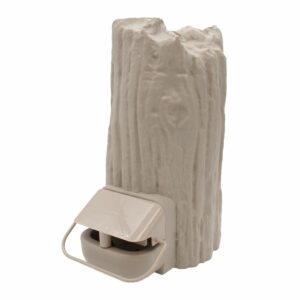
Our proprietary bird feeder/waterer, the Infinity Feeder, holds plenty of bird seed and keeps the water sanitized for months or until our next service visit.
In fact, since implementing this product, we’ve seen a sizeable drop in the number of birds getting sick.
Each time we visit a location, we provide health checks on the birds and replenish the feeder with fresh bird seed and water.
Functional Aviary Decorations
Lastly, you’ll need some interior decor.
Green Singers don’t need a significant amount of entertainment to be happy, but some important items to include are branches, perches, swings, and nests.
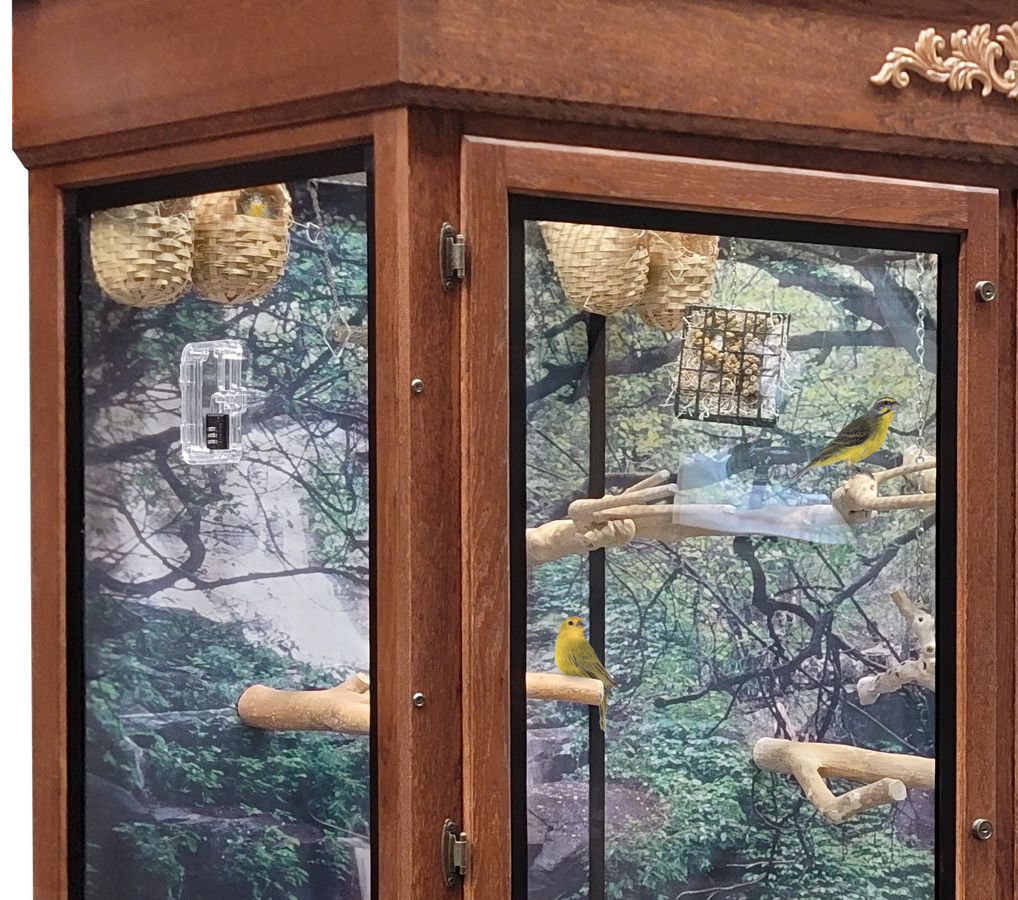
Swings and branches offer entertainment, a spot to perch, and a way to establish territory.
An added bonus is that by jumping and landing on these horizontal branches; they naturally trim their claws.
It’s also important to install these items in various spots towards the top of the aviary because finches prefer to perch as high up as possible.
As for nests, Green Singer Finches may use them for resting, hiding, and breeding, if you have a breeding pair.
Just like perches and swings, make the nests accessible, but position them as close to the top as possible.
Ongoing Aviary Cleaning and Maintenance
By leasing through Serenity, much of the maintenance will be taken care of for you.
So, your facility will get an elegant bird enclosure, a collection of finches, a full suite of proprietary products, and routine cleaning services for no upfront cost and a low monthly fee.
Without Serenity Services, you have several things to do to keep your Green Singers happy and healthy:
- Sanitize and replenish food and water sources.
- Remove and replace bedding.
- Clean droppings tray.
- Wipe down all surfaces.
- Scrub all cracks and crevices.
- Sanitize and rotate accessories.
- Thoroughly rinse and dry the enclosure.
Do you want the wonders of an aviary without the extra work?
We’ll See you Again Soon!
Thank you for visiting our blog!
We will be continuing our finch-focused blog series on February 28th, 2023, so make sure to check back in to learn about the Shaft-Tail Finch!
In the meantime, keep an eye out for our other informative blog posts on birds, aviaries, fish, and aquariums!
